The Bhamala Stupa, located in Pakistan’s Khyber Pakhtunkhwa province, is an important archaeological site. It reflects the region’s rich Buddhist heritage. This stupa dates back to the 2nd century AD, during the height of Buddhist influence in the area.
Get your dose of History via Email
Historical Context
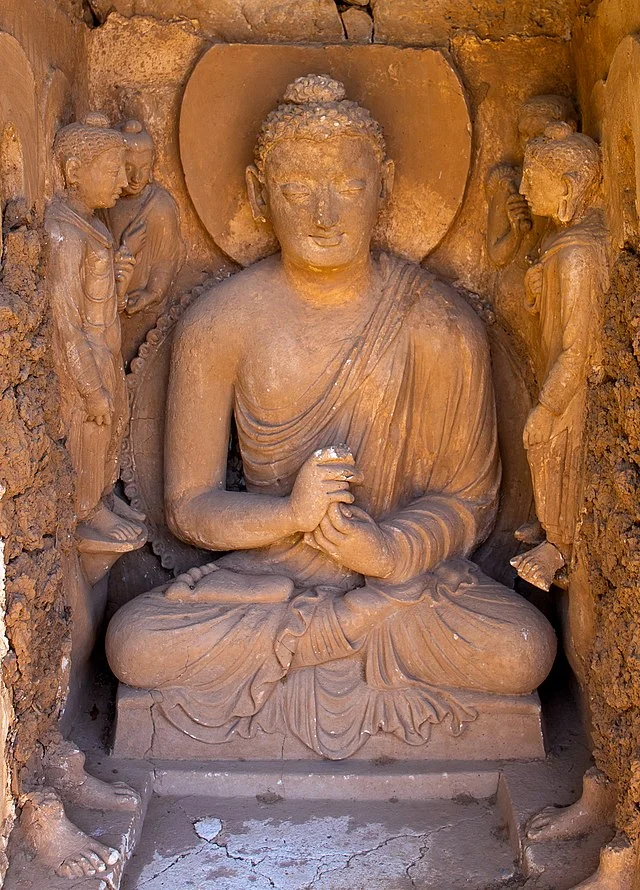
Buddhism spread across the Indian subcontinent from the 5th century BC onwards. By the time of the Bhamala Stupa’s construction, it had become a significant religion in the region. The area was a key stop on trade routes, facilitating cultural exchange. The stupa served as a monument for Buddhist practice and pilgrimage.
Architectural Features
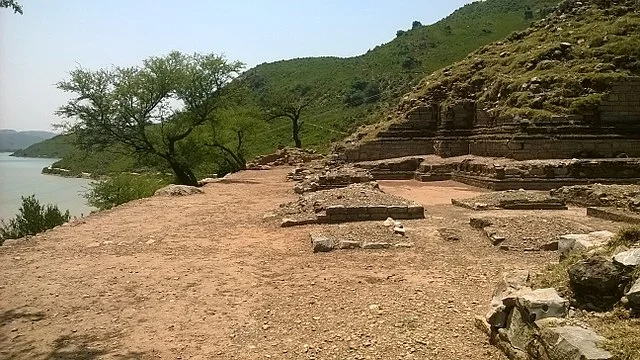
The Bhamala Stupa showcases distinct architectural elements characteristic of ancient stupas. It features a circular base, a dome, and a square platform. The structure originally stood approximately 15 meters tall. It is built using local stone and exhibits intricate carvings and motifs.
Excavations and Discoveries
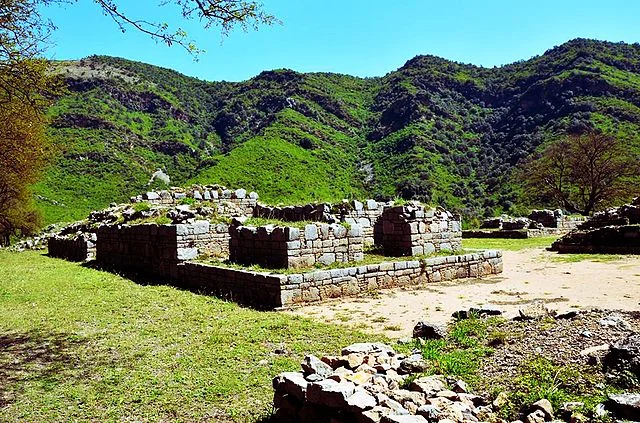
Archaeological excavations at Bhamala began in the 1920s. The British archaeologist Sir John Marshall played a key role in uncovering the site. Excavations revealed relics, sculptures, and inscriptions that provide insights into Buddhist practices. Notably, archaeologists found several stupas and monastic remains around the main structure.
Cultural Significance
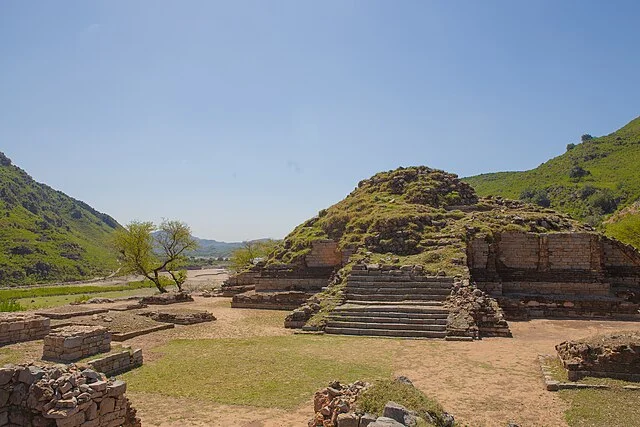
The Bhamala Stupa holds immense cultural importance. It represents the spread of Buddhism in the region. It also illustrates the interaction between local and Buddhist cultures. The site features various art styles, blending indigenous traditions with Buddhist iconography.
Preservation Efforts
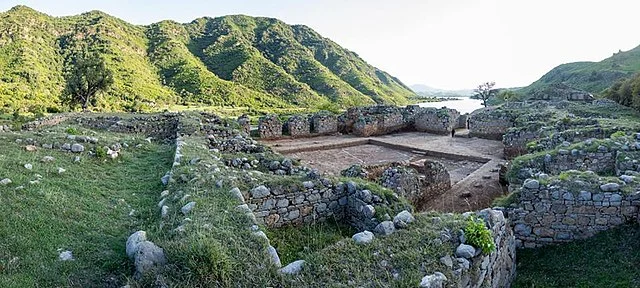
Preserving the Bhamala Stupa remains a challenge. The site faces threats from natural erosion and human activity. Local authorities and heritage organizations strive to protect the stupa. They aim to maintain its historical integrity and promote tourism.
Conclusion
In summary, the Bhamala Stupa is a vital testament to the region’s Buddhist heritage. Its historical significance and architectural features offer valuable insights into ancient Buddhist culture. Continued efforts to preserve the site will ensure that it remains an important cultural landmark for future generations.
Source:

